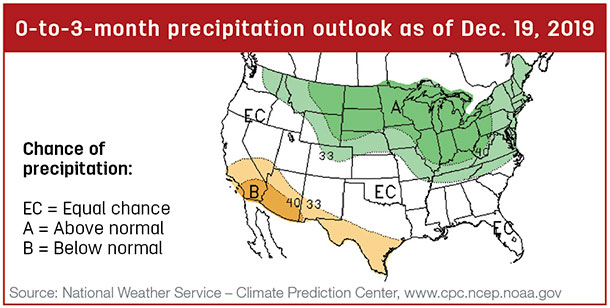A perfect example of this is from a bull sale catalog in October of 2019 that had 38 pieces of information for each bull. In a situation like this, it is very easy to get overwhelmed when selecting bulls.

Below is a brief list and discussion of the primary things I would encourage producers to focus on for the three basic scenarios listed last month. Remember in all scenarios that it is critical to get a live calf on the ground. Actual or adjusted scrotal circumference and birthweight, calving ease direct EPD, structural soundness and temperament should be evaluated on all bulls.
1. All steers and heifers are sold as stockers or feeders
- Yearling weight EPD and adjusted yearling weight should be at the top of the list. The yearling weight EPD is the best tool to compare bulls from different breeders. Adjusted yearling weights should only be compared for bulls within the same calving season that have been fed and developed the same.
2. All steers and heifers are retained through the feedlot and sold on a grid in most years
- Carcass weight is the most important growth trait to focus on in this scenario. Unfortunately, in many breeds there is a limited number of actual carcass weights reported across contemporary groups. In situations like this, it is probably best to focus on the yearling weight information discussed above.
- Assuming cattle will be sold on a quality-based grid, then marbling EPD and adjusted intramuscular fat should be a point of emphasis.
3. Some replacement heifers will be kept or sold to other producers
- Fertility should be at the top of the list. Heifer pregnancy EPD and the number of calves the dam of the bull has had can be useful indicators of fertility.
- Ask the breeder to see their cow herd, and ask questions about how they make culling decisions. How much emphasis do they put on udder and teat conformation, feet issues, longevity and other maternal traits?
- Be careful of overemphasizing growth traits, as this can lead to cows too big for the environment.


-
Jason Banta
- Associate Professor and Extension Beef Cattle Specialist
- Texas A&M University
- Email Jason Banta









